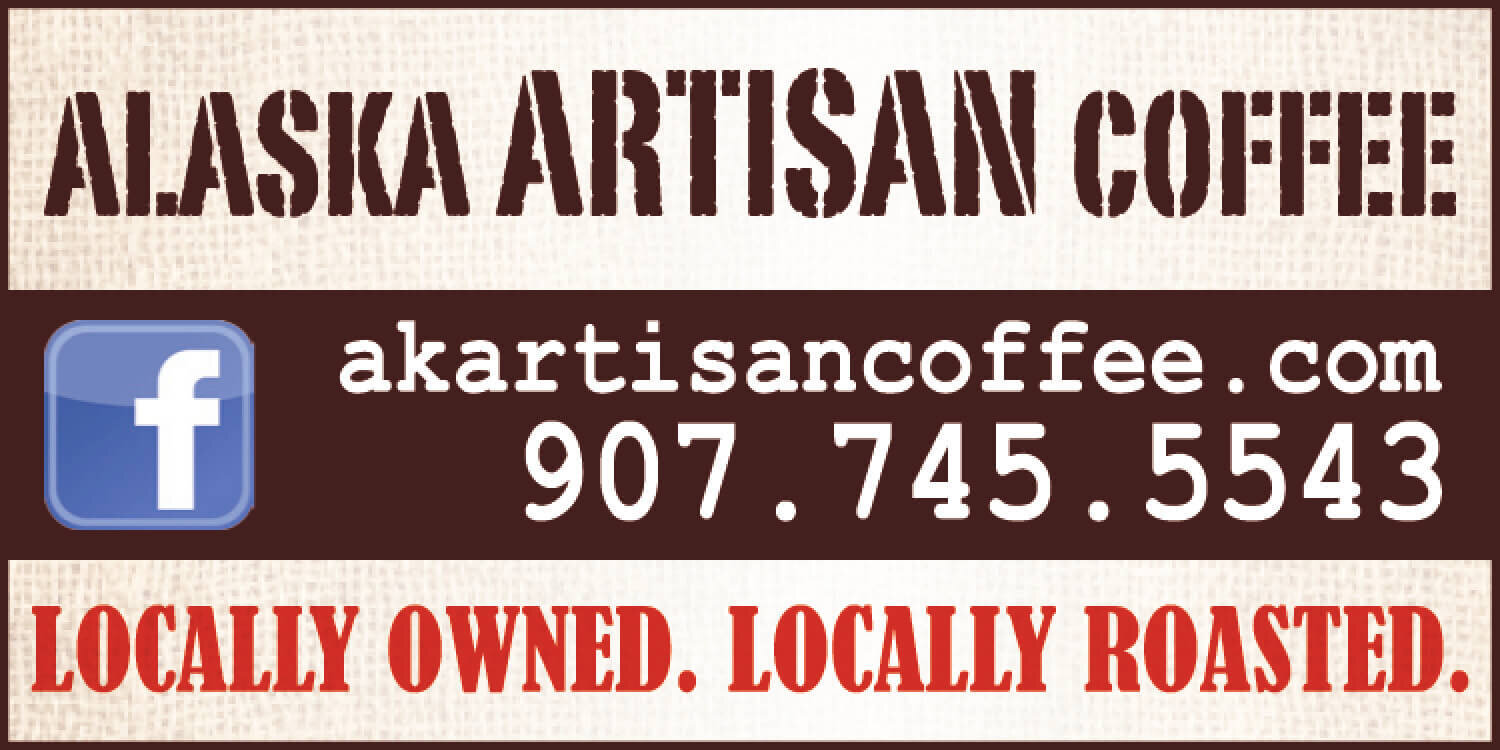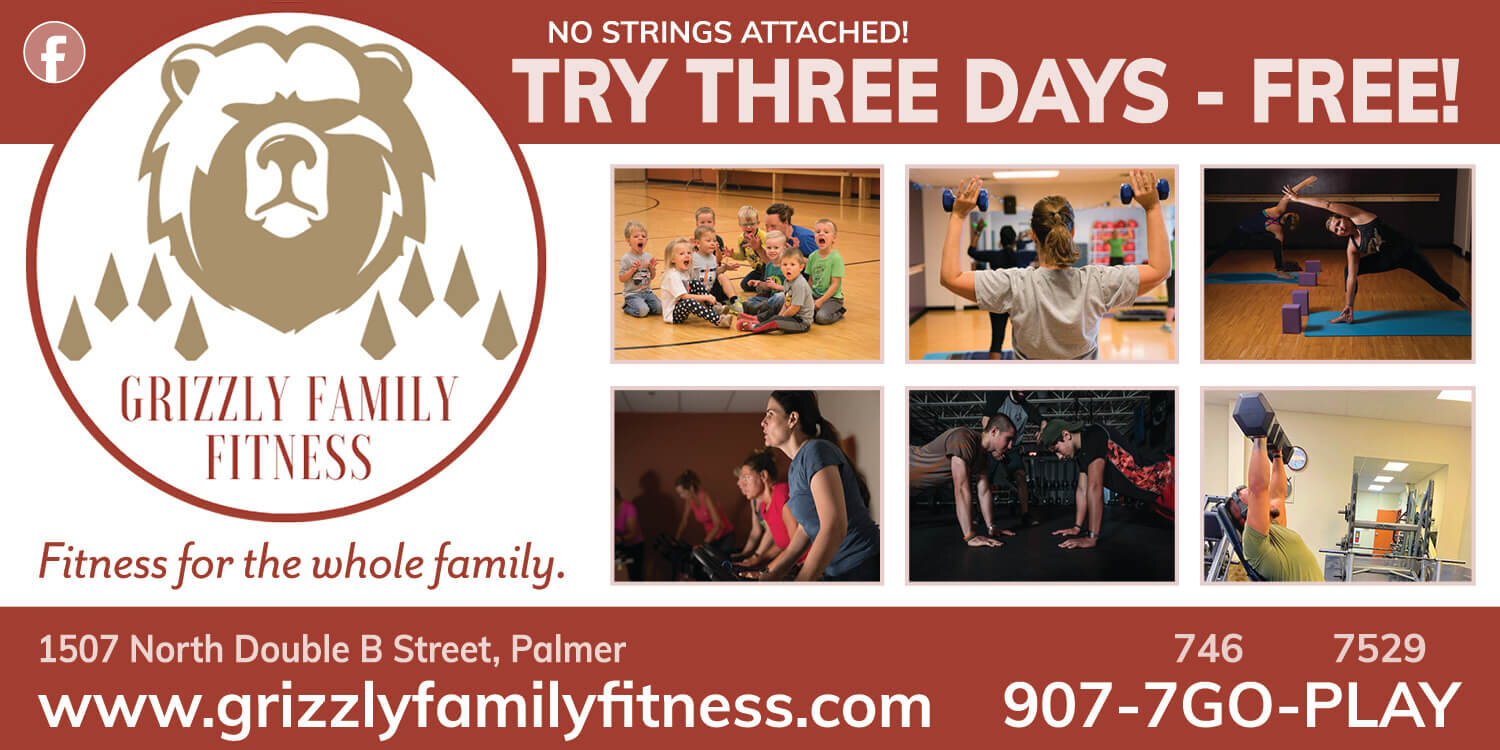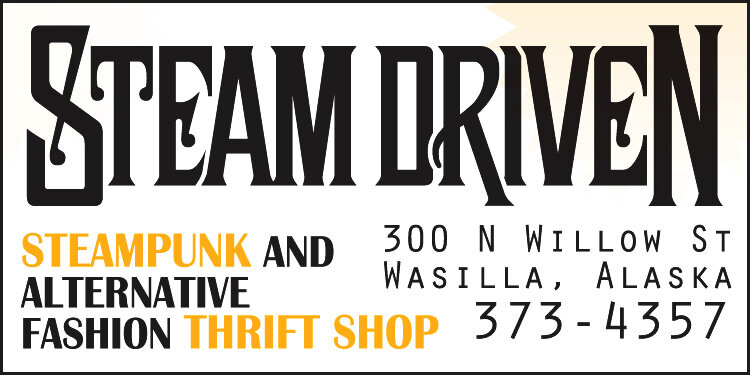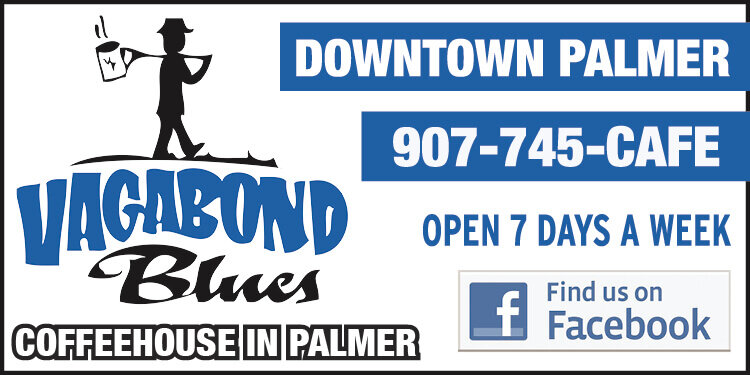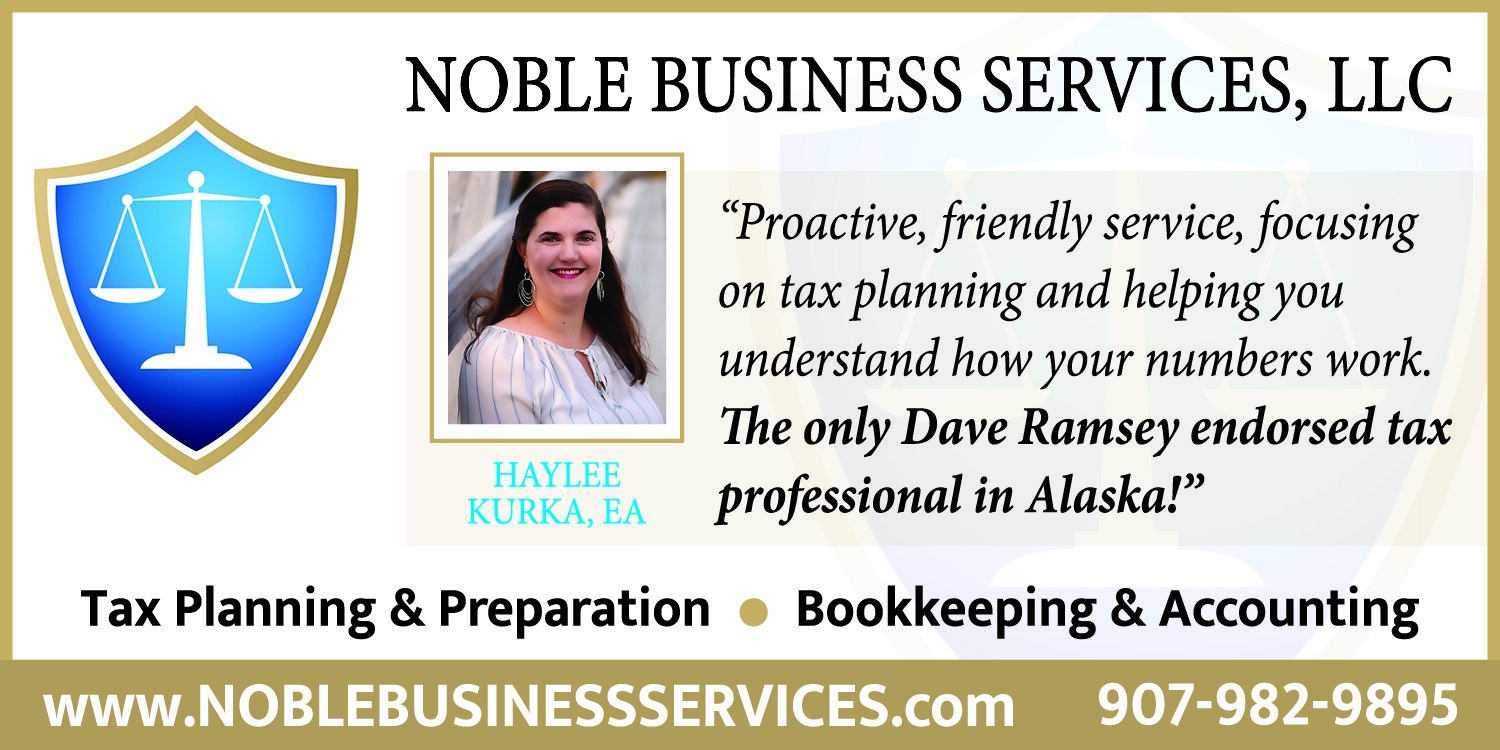Contributed by Angie Lewis, President of Alaska Animal Advocates
This is a topic of heated debate among many dog guardians. There are varying opinions and staunch supporters on each side of the issue. First, a bit of clarification may be necessary. Free feeding is a method that involves leaving a bowl of dog food out all day long and allows the dog to eat whenever he wishes. Scheduled mealtimes, on the other hand, involves the guardian providing food at specific times of the day – depending on the age of the dog. Is one method better than the other?
Free Feeding: Pros
• Food is constantly available to the dog, so he can eat whenever he is hungry.
• This method of feeding a dog is much easier and less time consuming for the guardian.
• Some advocates of this form of feeding feel that this limits food aggression, but there is no data to support this.
• Some feel that this method helps your dog determine how much food he wants to eat. So that on a day your dog has had a lot of exercise, he can eat more and vice versa.
Free Feeding: Cons
• This method of feeding can lead to obesity, as many dogs may overeat - particularly when they are bored.
• Guardians have a more difficult time monitoring food intake, which is very important for noticing a dog’s health problems.
• House training a puppy can become challenging because it is difficult to determine when the puppy has last eaten, and therefore when it would be best to take him outside to go potty.
• In terms of positive dog training, treats become less motivating because food is always available.
• Having food out all the time can encourage bacteria, insects and other pests to access it. Such food can spoil if not eaten on a regular basis.
Scheduled Feeding: Pros
• The amount of food intake can be monitored when food is only offered on a schedule.
• If a dog becomes ill, it is much easier to notice that your dog has stopped eating.
• House training your pup is easier because you are aware when your pup has eaten last and can make an educated guess as to when he needs to go out to relieve himself.
• If you have a multi-dog household, the dogs can be separated to ensure that one dog does not eat all the food, while the other goes hungry.
• Dog treats or food offered as a reward during training will be a great motivator with this method of feeding.
• Your dog comes to understand that you, the guardian, are the giver of food and this can enhance the bond between you and your dog.
• This method can be used with a wider variety of food, such as raw or home cooked food, without spoiling.
Scheduled Feeding: Cons
• This type of feeding is more time consuming.
• Your dog may feel that he needs to eat everything in his bowl, even if he is not hungry, because he is worried about when he will get his next meal.
So ultimately, the best method for feeding your dog is what is best for your family, including your dog. This really depends upon your dog’s personality. I have one dog that just eats to stay alive and is not very food motivated. On the other hand, my other dog would overeat until he died of bloat. Remember that pups should eat three times a day and two times a day for most adults.
















